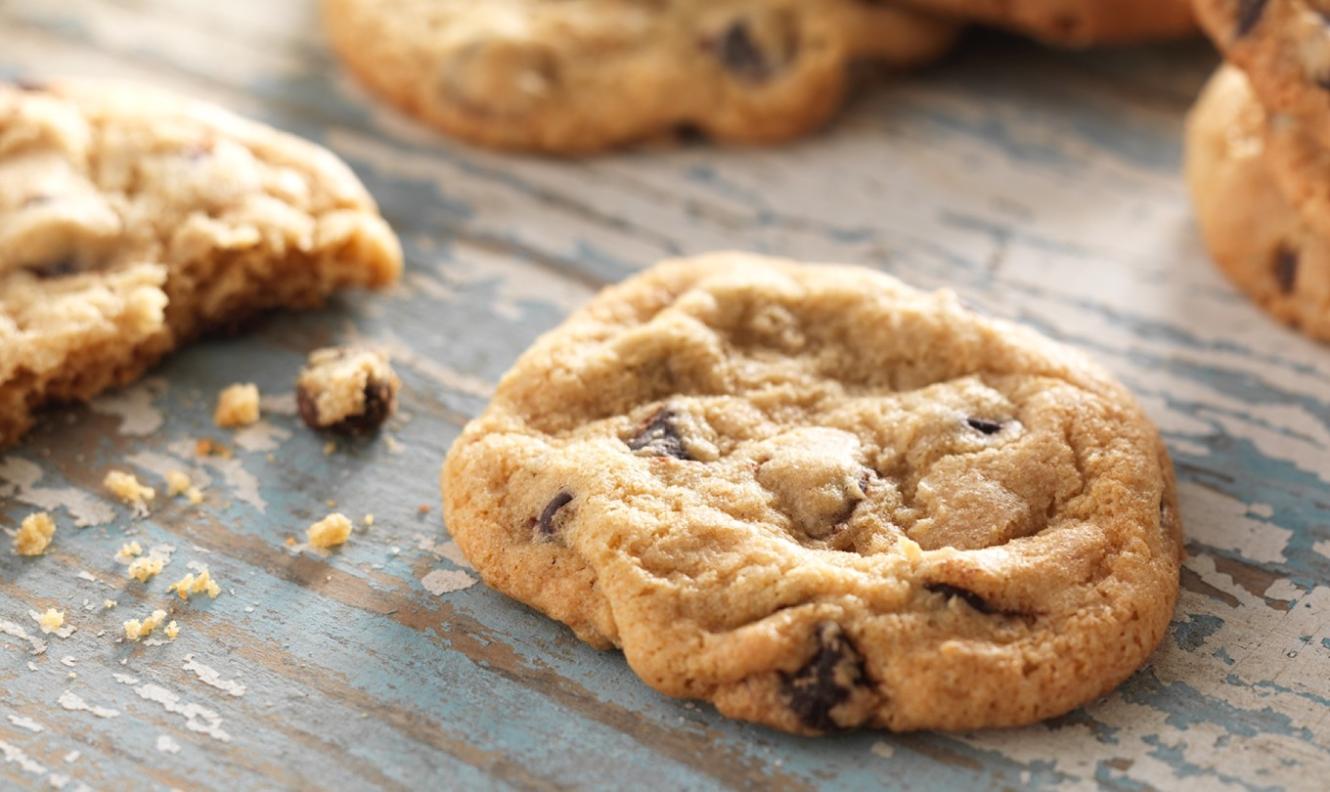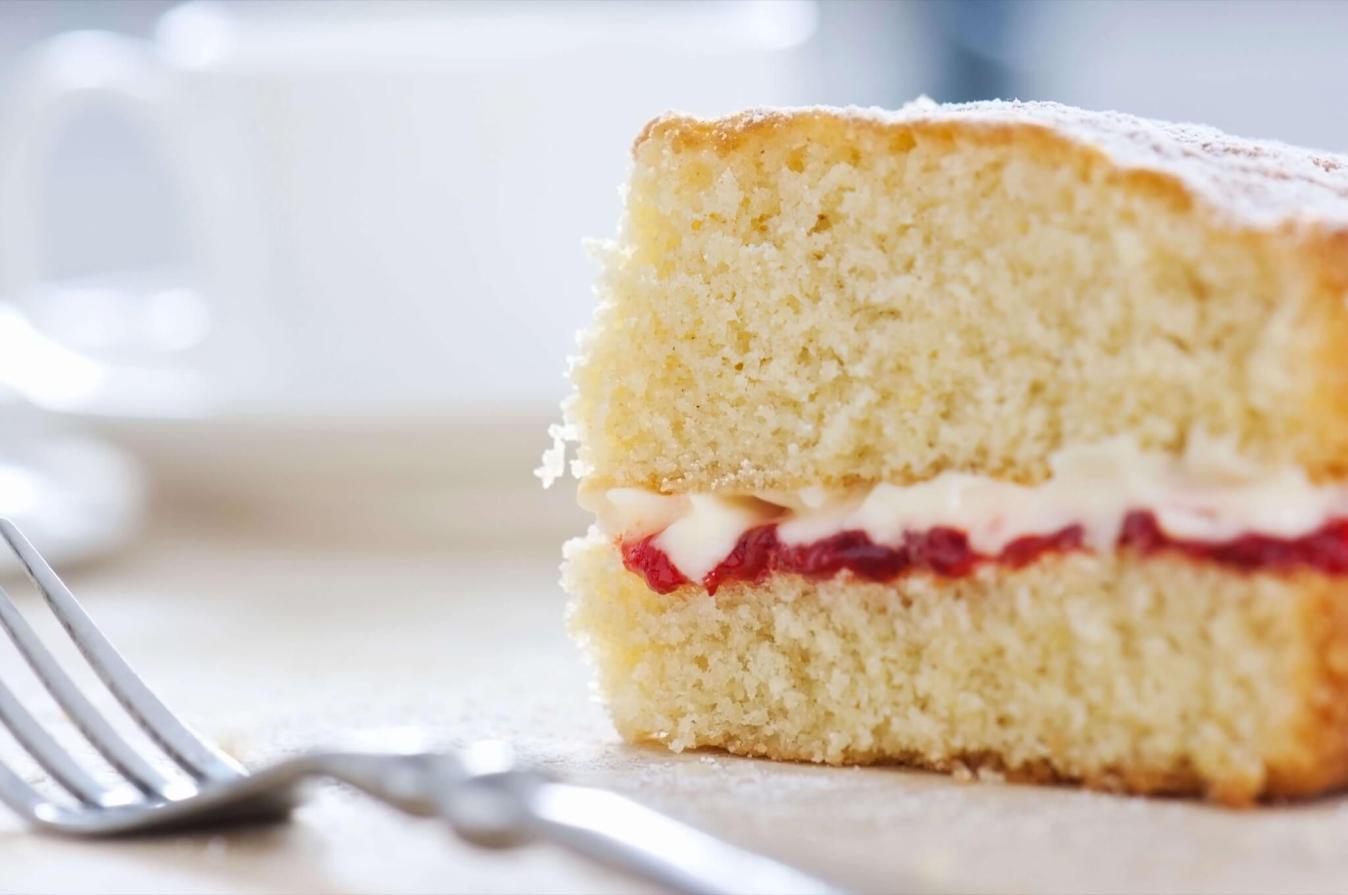Can I Make Gluten-Free Cookies That Are Soft, Chewy, and Satisfying?
For individuals with celiac disease or gluten sensitivity, enjoying delicious and satisfying cookies can be a challenge. Gluten-free cookies often face the reputation of being dry, crumbly, and lacking the chewy texture and rich flavor of traditional cookies. However, with the right ingredients, techniques, and troubleshooting skills, it is possible to create gluten-free cookies that are soft, chewy, and every bit as satisfying as their gluten-containing counterparts.

Understanding Gluten's Role In Cookies
Gluten is a protein found in wheat, barley, and rye. In regular cookies, gluten acts as a binder, holding the cookie together and creating a chewy texture. When gluten is removed, it can be challenging to achieve the same texture and flavor in gluten-free cookies.
Key Ingredients For Soft And Chewy Gluten-Free Cookies
- Gluten-Free Flour Blends: These blends typically combine various gluten-free flours, such as almond flour, coconut flour, and tapioca flour, to mimic the texture and flavor of wheat flour.
- Starches: Starches, such as cornstarch and tapioca starch, help to absorb moisture and create a soft and chewy texture.
- Gums: Gums, such as xanthan gum and guar gum, act as binders, helping to hold the cookie together and create a chewy texture.
Techniques For Achieving Soft And Chewy Gluten-Free Cookies
- Proper Measuring: Accurately measuring ingredients is crucial for gluten-free baking. Use a kitchen scale to ensure precise measurements.
- Mixing: Mix the cookie dough until just combined. Overmixing can result in tough, dry cookies.
- Chilling the Dough: Chilling the dough before baking helps to develop the flavor and prevent the cookies from spreading too much.
- Baking Temperature: Bake the cookies at a slightly lower temperature than you would for regular cookies. This helps to prevent the cookies from drying out.
Troubleshooting Common Issues
- Dry or Crumbly Cookies: This can be caused by overbaking, using too much flour, or not enough moisture. Adjust the baking time, reduce the amount of flour, or add an extra egg yolk to the dough.
- Lack of Chewiness: This can be caused by using too much starch or not enough gluten-free flour. Adjust the ratio of starch to flour or try using a different gluten-free flour blend.
- Cookies Spreading: This can be caused by using too much butter or not chilling the dough long enough. Reduce the amount of butter or chill the dough for at least 30 minutes before baking.
Recipe Variations And Flavor Combinations
There are endless possibilities for gluten-free cookie recipes. Experiment with different flavor combinations and add-ins, such as chocolate chips, nuts, dried fruit, or spices. Here are a few popular gluten-free cookie recipes to try:
- Classic Chocolate Chip Cookies
- Chewy Oatmeal Cookies
- Lemon Poppy Seed Cookies
- Peanut Butter and Jelly Cookies

With the right ingredients, techniques, and troubleshooting skills, it is possible to create soft, chewy, and satisfying gluten-free cookies that rival their gluten-containing counterparts. Don't be afraid to experiment with different recipes and flavor combinations to find your favorites. Gluten-free baking can be a delicious and rewarding experience, allowing individuals with dietary restrictions to enjoy the joy of homemade cookies.
YesNo

Leave a Reply